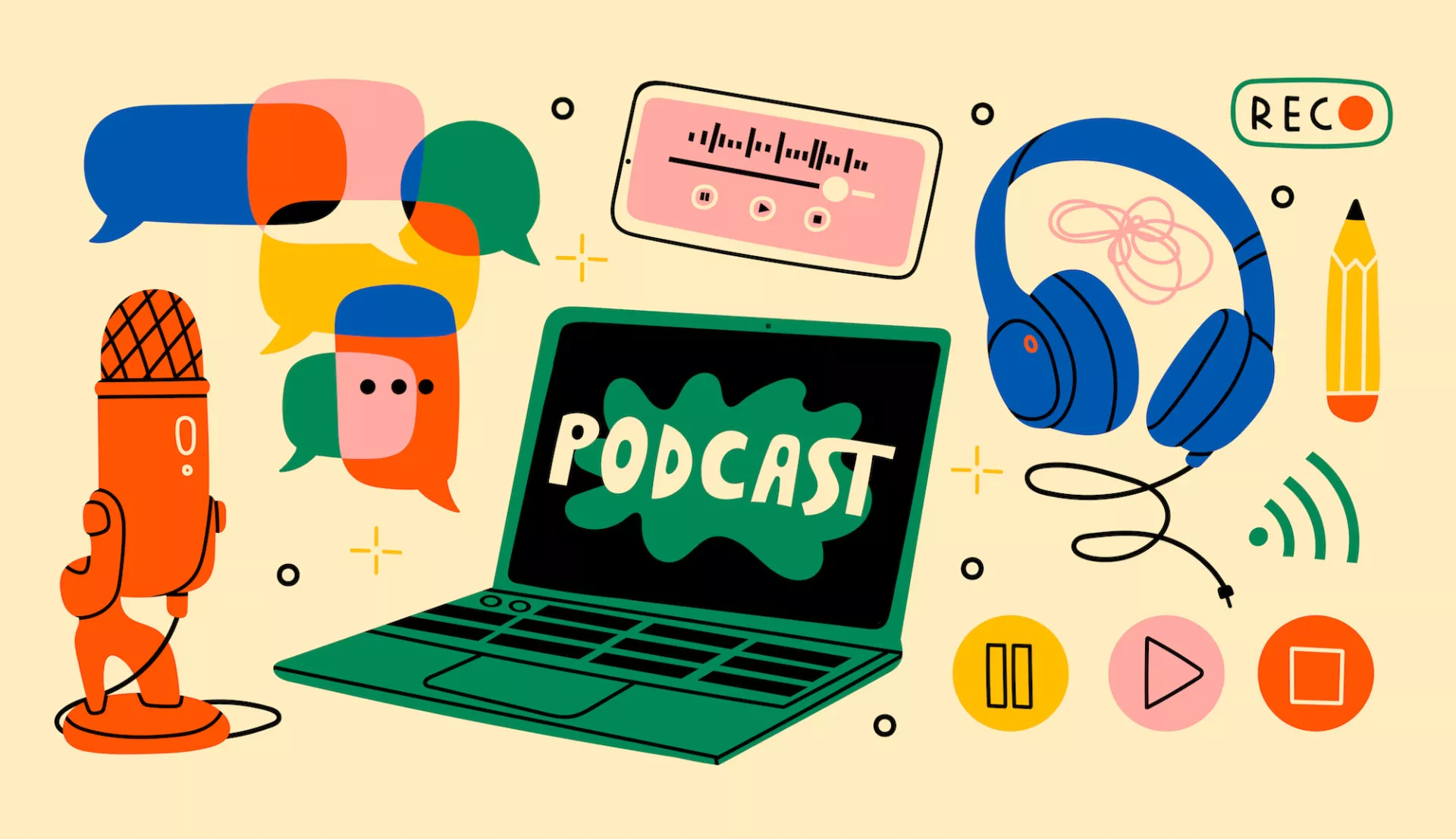My son and I started The Middle School Mind podcast in the fall of 2021 to give him a platform to express his (sometimes random) sixth-grade thoughts. At first. he wanted his own YouTube or Twitch channel to stream video games. But I had strong reservations about him posting online content that would include his name or image.
The project turned out to be so much fun that we wanted to encourage students and educators to do it, too. We created a tutorial that students can use to plan, produce, and publish their own podcasts. We also hope educators will use the online training to incorporate podcasts into their curriculum.
Why Podcasting?
According to a recent survey of parents and educators published by Kids Listen—an organization that advocates for high-quality audio content for children— nearly two-thirds of the respondents have been listening to podcasts for more than one year.
Respondents said they listen to podcasts both for entertainment and educational value, tuning in to current events, history, or science and nature shows. Many parents said podcasts offer the added bonus of keeping kids engaged and off screens, especially on long car rides!
Meet The Middle School Mind
We go by “Father” and “Son” on our show to maintain a level of anonymity and privacy. This allows my son to speak freely and openly without fear of being judged, identified, or bullied online.
During our first season, we covered topics ranging from school resource officers to video games to a two-part episode where we interviewed middle school teachers (who also happen to be close family members).
How to Incorporate Podcasting into Your Curriculum
Podcasting can have a place in the classroom. It can give your students a platform and a voice, while maintaining their anonymity.
We started our podcast using Anchor. fm which is a free online platform. It was pretty easy to record, edit, and publish. There are many other platforms available as well, like SimpleCast, Podbean or Vimeo, to name a few.
To create a podcast, all you need is a laptop and USB microphone. Try these tips to help your class start dreaming up ideas and planning their show:
Plan an episode. Students can improve their communication skills by identifying a topic, crafting an outline, and writing scripts to layout their first episode.
Get creative. Students can have fun brainstorming the name of the podcast as well as episode ideas.
Interactive segments are fun, too. On The Middle School Mind, we frequently end our episodes with short quizzes or “Would you rather …” questions. Students also have the opportunity to create unique episode cover art to display on the podcast website. The art should reflect their show’s personality and brand.
Record and edit. The Anchor platform, like many others, allows students to record their segments, insert stock music for introductory songs, and even transition effects to jump from segment to segment. Anchor also has built-in editing tools for students to cut quiet spots and splice a cohesive episode with multiple segments.
Try not to be prescriptive. Early on, I would pitch show ideas to my son and he half bought into them. Those episodes weren’t nearly as interesting. The best episodes were all his idea.
You Can Do This!
If this feels like a daunting task, don’t worry. We’ve got you covered. The Middle School Mind published a three-episode series over the summer with a step-by-step guide to creating podcasts for kids. Find it here.
Also check out our two “Ask a Teacher” episodes here and here.
We hope you’re having a great school year and we look forward to hearing what is on your minds!
*Father (not his real name) is the co-host and producer of The Middle School Mind podcast with his 12-year-old son, who is the founder and host of the show. The two started the show as a way to give his son a platform for his tween thoughts while maintaining their privacy and anonymity. Father can be reached via e-mail at middleschoolmind.podcast@ gmail.com.
Join Our Movement



